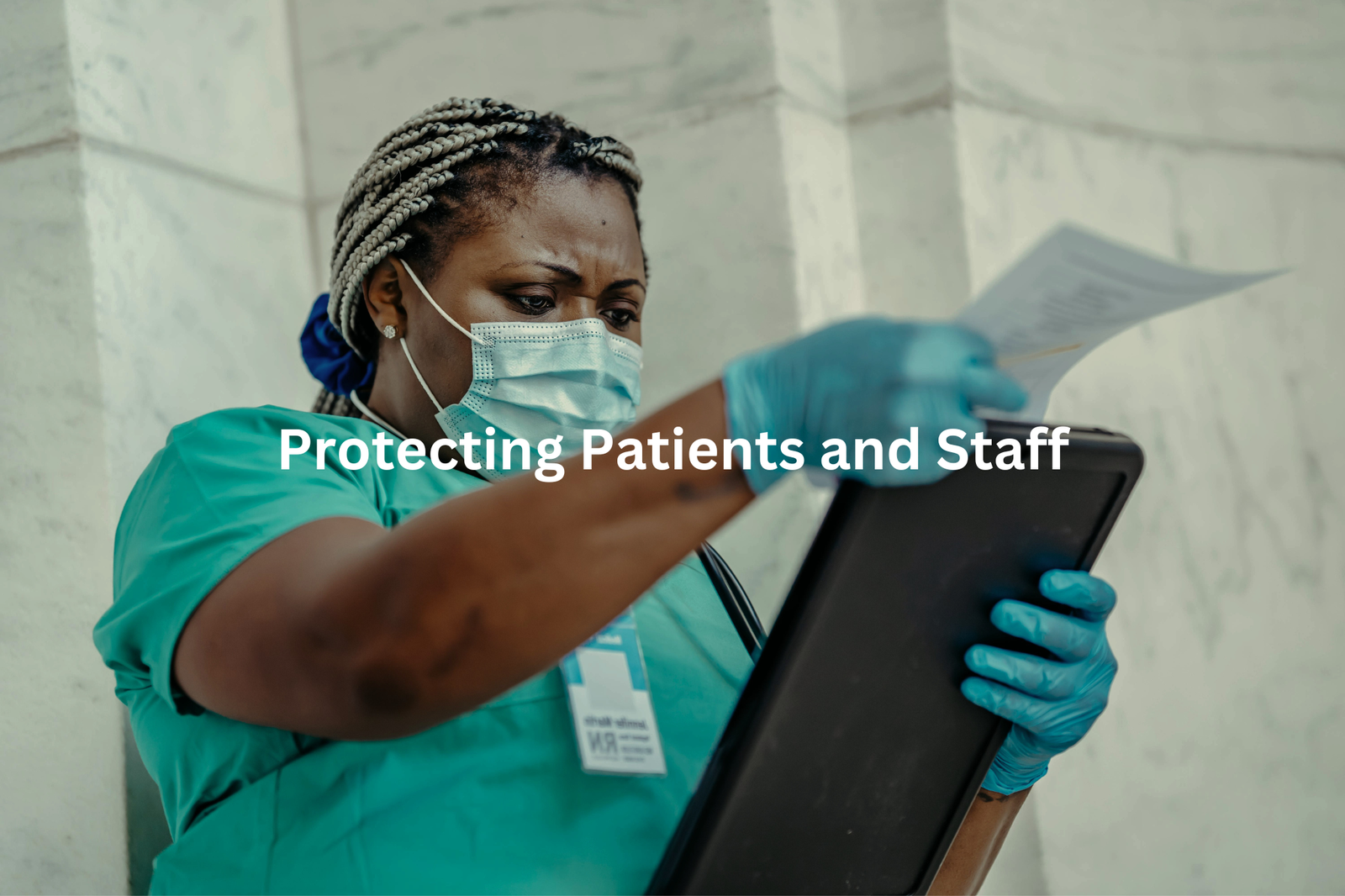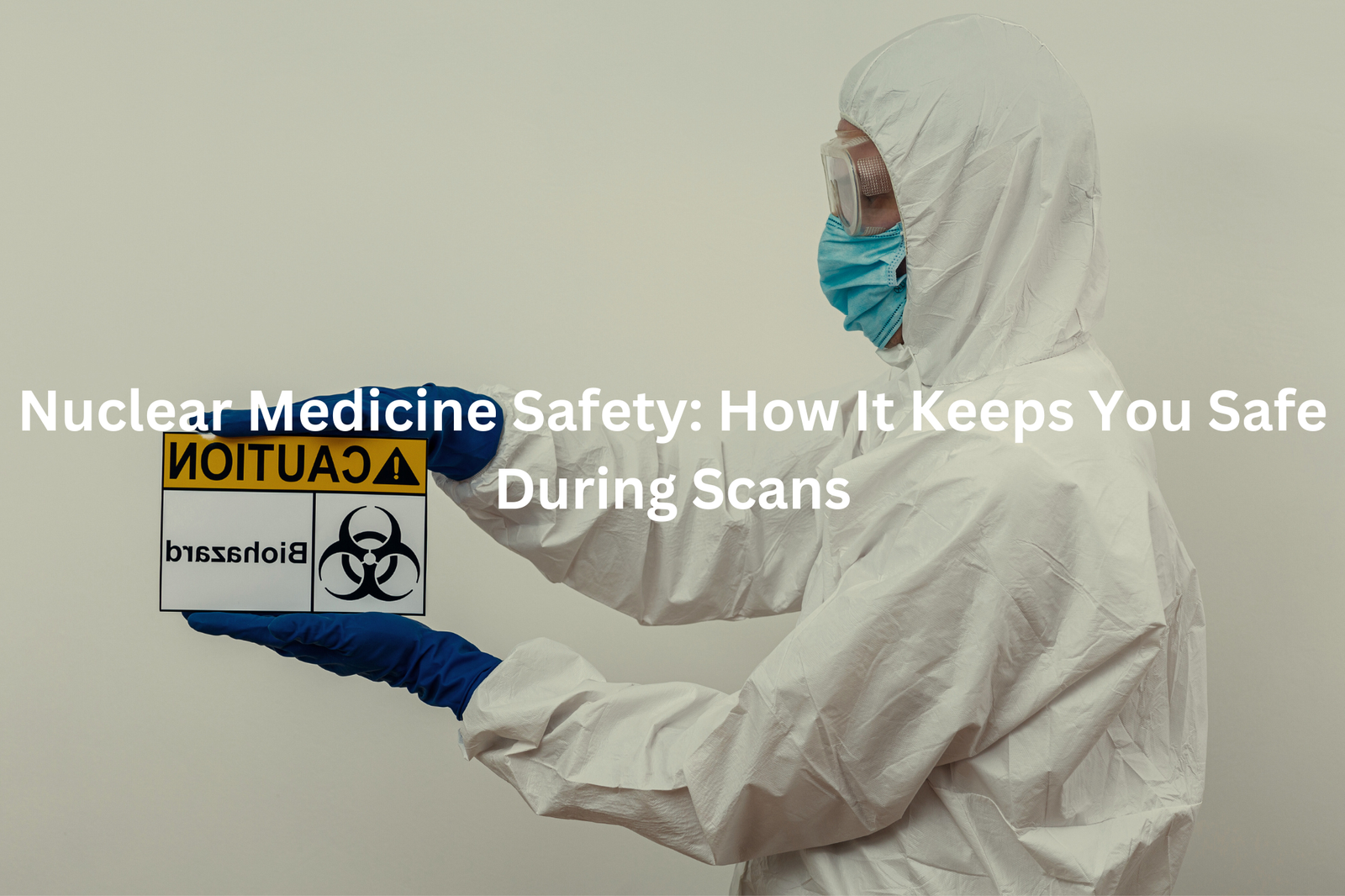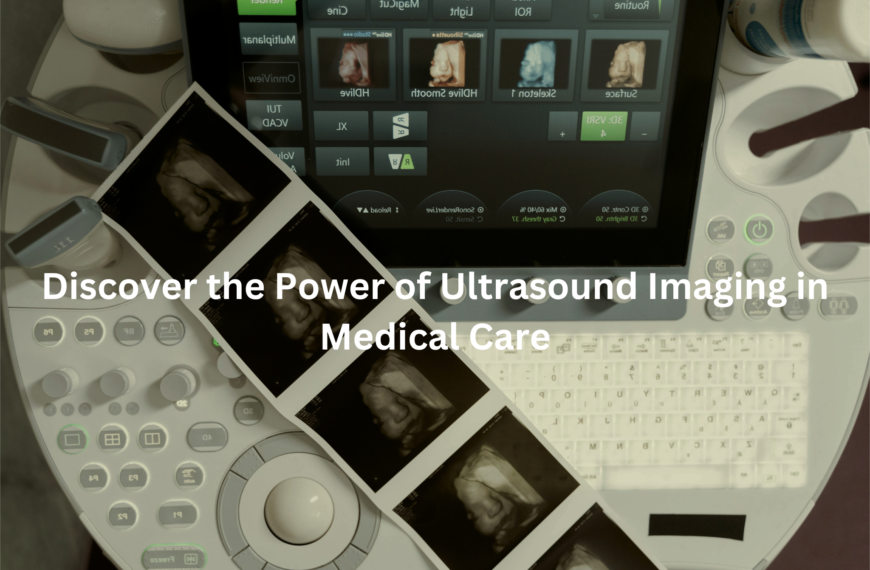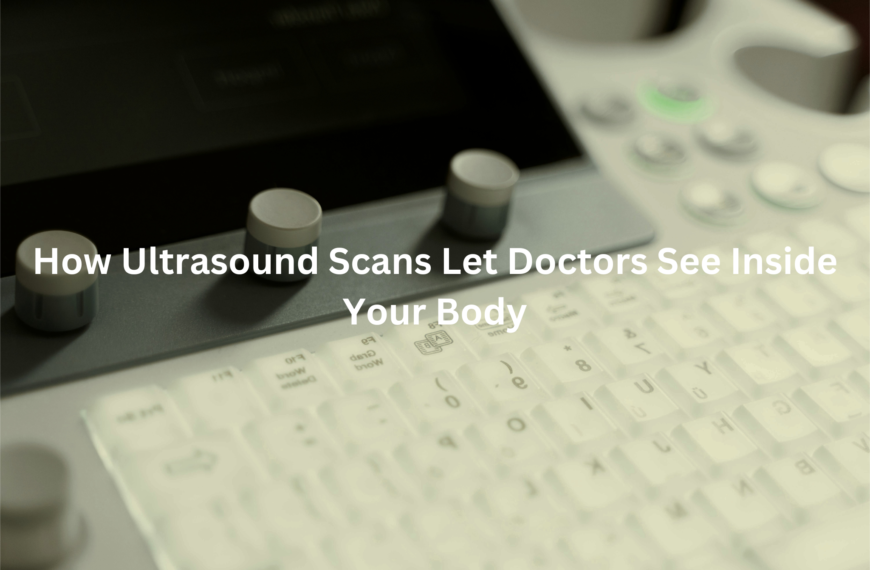Nuclear medicine safety ensures safe scans like VQ, CT, and PET. Find out how it protects you and gives peace of mind during medical procedures
Nuclear medicine safety is really key for both doctors and patients. It ensures everyone feels secure when using special scans like VQ scans, CT scans, and PET scans. These scans help us see inside the body to find out what’s going on. While it might sound a bit worrying, understanding the safety measures in place can really help.
This includes careful dose planning and monitoring. Doctors follow strict guidelines, making sure the benefits clearly outweigh any risks. So, knowing all this can make you feel better. Keep reading to learn more about why safety in nuclear medicine is so important!
Key Takeaway
- Nuclear medicine uses small amounts of radioactive materials for scans.
- Safety officers and regulations help protect patients and staff.
- There are strict rules that medical workers must follow.
Understanding the Basics of Nuclear Medicine
Nuclear medicine scans help doctors see inside the body using small amounts of radioactive tracers. These tracers, given by mouth, injection, or breathing, travel through the body to show specific areas that need checking.
Different scans serve different purposes. A VQ scan looks at lung function (takes about 30 minutes), while bone scans check for breaks or infections (might need 45-60 minutes). The process stays quick and straightforward.
The radiation levels stay lower than most CT scans – about 2-6 millisieverts for common procedures. The body naturally removes these tracers, often within 24 hours.
Some patients need extra care:
- Pregnant women
- Children under 18
- People with tracer allergies
Medical centres follow strict safety rules. Patients should drink plenty of water after the scan to help clear the tracer. For those worried about radiation, doctors might suggest other options like ultrasound or MRI, depending on what needs checking.
Regulations and Safety Standards
Nuclear medicine in Australian hospitals operates under careful control. The Australian Radiation Protection and Nuclear Safety Agency (ARPANSA) sets strict rules for handling radioactive materials and patient treatment.
Safety officers monitor every step:
- Checking radiation levels
- Verifying patient information
- Confirming correct dosages
Each procedure follows detailed protocols. Staff members check patient details multiple times, including name, birth date, and test type. These checks prevent mix-ups that could affect patient safety.
Most radioactive tracers leave the body within 24 to 48 hours through natural processes. Drinking water speeds up this process. The radiation exposure from nuclear medicine tests often measures lower than a standard CT scan.
Patients should discuss concerns with their doctors. Medical teams assess each case, looking at both benefits and risks. They make sure the radiation dose stays as low as needed for clear diagnostic images.
Handling Radiopharmaceuticals
Radiopharmaceuticals work like tiny glowing markers inside the body, helping doctors see what’s happening beneath the skin. These special medicines need careful handling and multiple safety steps before reaching patients(1).
Safety measures include:
• Testing each batch for quality
• Using lead-lined storage containers
• Measuring exact doses for each scan
Medical staff protect themselves with lead aprons and special gloves while handling these materials (exposure limits are strictly monitored through badge readings). The process starts when a patient receives the radiopharmaceutical through injection, breathing it in, or swallowing it.
The tracer moves through blood vessels and collects in specific body parts. A gamma camera captures these glowing areas, creating detailed pictures of organs or bones. Some scans finish in 30 minutes, others need several hours.
The radiation doesn’t stay long – most leaves the body within two days. Drinking extra water speeds up this process, making the procedure safer for everyone involved.
Error and Incident Reporting
Nuclear medicine demands quick action when mistakes occur. The process starts with immediate reporting – every error needs documentation right away.
A Nuclear Medicine Specialist jumps into action, checking patient safety first. They might:
- Recalculate doses
- Verify patient information
- Review scan protocols
- Monitor vital signs (blood pressure, heart rate, temperature)
Wrong doses or incorrect scans need fast fixes(2). The specialist takes charge, making sure patients get proper care within 30 minutes of discovering any error. For unexpected reactions to radiopharmaceuticals (like rashes or breathing issues), staff must report them through the hospital’s incident system.
Each mistake becomes a learning opportunity. The medical team reviews what went wrong and updates procedures. They track patterns in errors, which helps prevent future problems.
Staff members should report concerns straight away – even small ones. Quick reporting means faster solutions and safer patients in nuclear medicine departments.
Protecting Patients and Staff

Nuclear medicine scans need strict safety rules. Medical staff wear lead aprons and dosimeter badges (small devices that track radiation exposure) to stay protected during procedures.
Young patients and pregnant women get special handling. The medical team adjusts radiation doses and might pick different scanning methods to match each case, making sure the benefits outweigh any risks.
The scanning process follows these key steps:
- Checking patient records
- Selecting proper radiation dose
- Setting up safety equipment
- Monitoring exposure levels
While mistakes aren’t common, the medical team stays alert. They watch radiation levels, scan settings, and patient positioning. The staff keeps track of exposure through regular badge readings (usually done monthly).
Medical teams balance getting clear images with keeping radiation low. Doctors pick the smallest dose that still gives useful pictures. Safety checks happen before, during, and after each scan to protect everyone in the room.
The Role of ANSTO
Sources: ANSTO.
ANSTO stands as Australia’s main producer of nuclear medicine materials. Located in Sydney, this facility creates most of the radioisotopes that doctors need for medical scans (these special materials help spot health issues inside the body).
The process starts in ANSTO’s nuclear reactor, where scientists make these vital materials following strict safety rules. Every batch must pass detailed checks before reaching hospitals. ARPANSA, Australia’s radiation safety watchdog, works alongside ANSTO to keep standards high.
These radioisotopes help doctors see what’s happening inside patients through special cameras. Without ANSTO’s work, Australian hospitals would face big challenges getting these essential medical supplies.
The facility’s safety measures include:
- Regular testing of all materials
- Careful monitoring of radiation levels
- Strict transport procedures
- Quality checks at every step
Thanks to ANSTO’s efforts, medical teams across Australia can rely on safe, effective materials for patient care.
Special Considerations for Different Patients

Medical scans need careful planning for certain patients(3). Doctors check each person’s situation before starting any scan procedure.
The screening process includes:
Medical History
- Past health problems
- Previous treatments or surgeries
- Current medications
Special Cases
- Breastfeeding mothers
- Patients with blood clot risks
- People with allergies to contrast dyes
Healthcare providers use this information to create safe scanning plans. For breastfeeding mothers, doctors might pick different scanning methods or adjust radiation doses. Patients with blood clot risks need extra monitoring during the procedure.
Every detail matters for scan safety. A medication that seems unrelated could change how the body reacts to scanning materials. That’s why doctors ask lots of questions beforehand.
Patients should tell their doctors about all health conditions and medicines. This helps create the safest scanning plan possible while still getting the needed medical information.
FAQ
What is nuclear medicine and how is it used in healthcare?
Nuclear medicine is a branch of medical imaging that uses small amounts of radioactive materials called radiotracers to diagnose and treat a variety of diseases, including cancer, heart disease, and certain other conditions. It allows doctors to gather important information about how your body’s organs and organ systems are functioning.
How does a nuclear medicine scan work?
In a nuclear medicine scan, a small amount of a radioactive tracer is injected into a vein in your arm. This tracer travels through your bloodstream and collects in the organ or area of your body being examined. Specialised cameras then take images of the radioactive tracer as it moves through your body and is taken up by your organs. These scans can provide important information about blood flow, organ function, and other physiological processes.
What should I expect during a nuclear medicine scan?
When you arrive for your nuclear medicine appointment, you may be asked to change into an examination gown. The scan itself is quick and painless – it typically takes less than an hour, though some scans like a bone scan can take a bit longer. You’ll need to lie still on a table while the camera takes images. The technologist will provide instructions on how to position your body during the scan.
What precautions should be taken for a nuclear medicine scan?
If you are breastfeeding or caring for a small child, let your doctor know as extra safety precautions may be needed. The radioactive tracer used in the scan is generally safe, but it is important to limit any close contact with pregnant women and young children for a short time after the scan to reduce their radiation exposure. Your doctor will provide guidance on any necessary precautions.
Are there any side effects from a nuclear medicine scan?
The radioactive tracer used in nuclear medicine scans is a very small, safe amount. Side effects are extremely rare, but may include minor discomfort at the injection site or a metallic taste in your mouth. More serious side effects like an allergic reaction are exceedingly uncommon. Discuss any concerns with your doctor or the nuclear medicine technologist before your scan.
How do I get a referral for a nuclear medicine scan?
If your doctor believes a nuclear medicine scan could be helpful in diagnosing or treating your condition, they will provide you with a referral form. This form contains key information the nuclear medicine department needs, like the type of scan recommended and any relevant medical history. Bring this form with you to your scheduled appointment. Your doctor can also help explain the purpose of the scan and what to expect.
What if I have questions about radiation safety?
It’s understandable to have concerns about radiation exposure from nuclear medicine scans. The amount of radiation used is very low and the benefits generally outweigh the small risks. However, if you have specific questions or worries, discuss them openly with your doctor or the nuclear medicine staff. They can provide detailed information about the radiation levels and safety precautions in place. You can also find reliable, unbiased information from trusted sources like Google Scholar.
Conclusion
Nuclear medicine safety is super important. It helps protect patients and medical staff during scans. There’re strict rules and trained experts making sure everything goes well. They use special machines and follow procedures to keep everyone safe. If you or a friend needs a scan, don’t worry! Many careful steps are taken to ensure that you’re looked after. Just remember, safety always comes first, and those professionals know how to keep things secure.
References
- https://www.tga.gov.au/resources/resource/reference-material/guidance-20-radiopharmaceuticals
- https://www.arpansa.gov.au/news/report-highlights-learnings-nuclear-medicine-incidents
- https://www.sahealth.sa.gov.au/wps/wcm/connect/public+content/sa+health+internet/resources/clinical+services+capability+framework+-+nuclear+medicine+services




